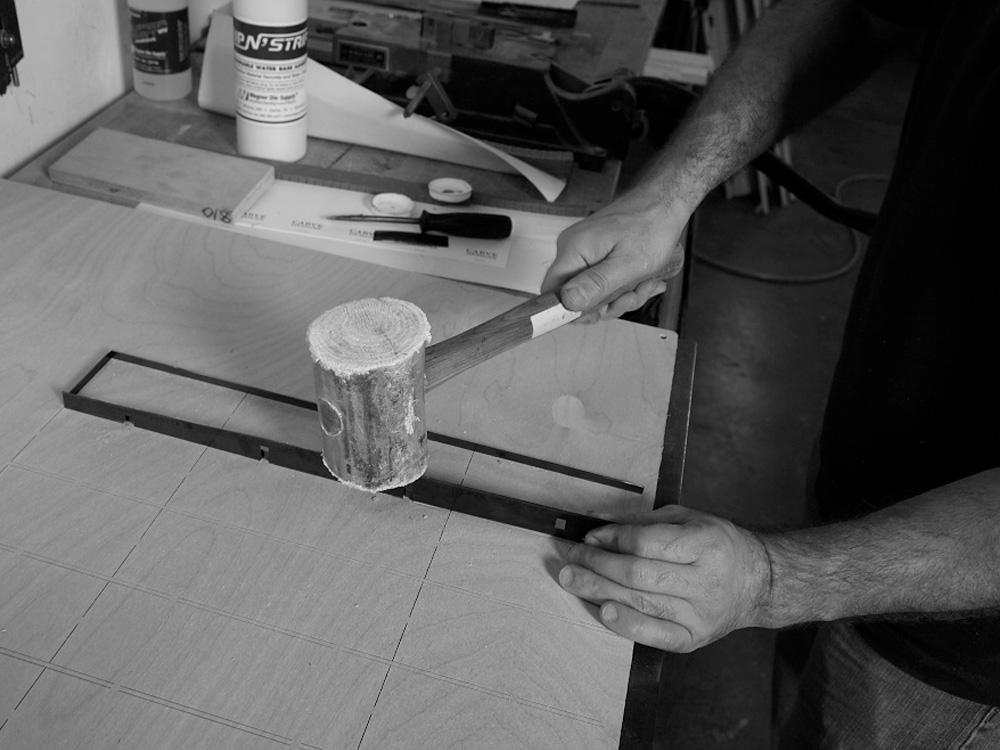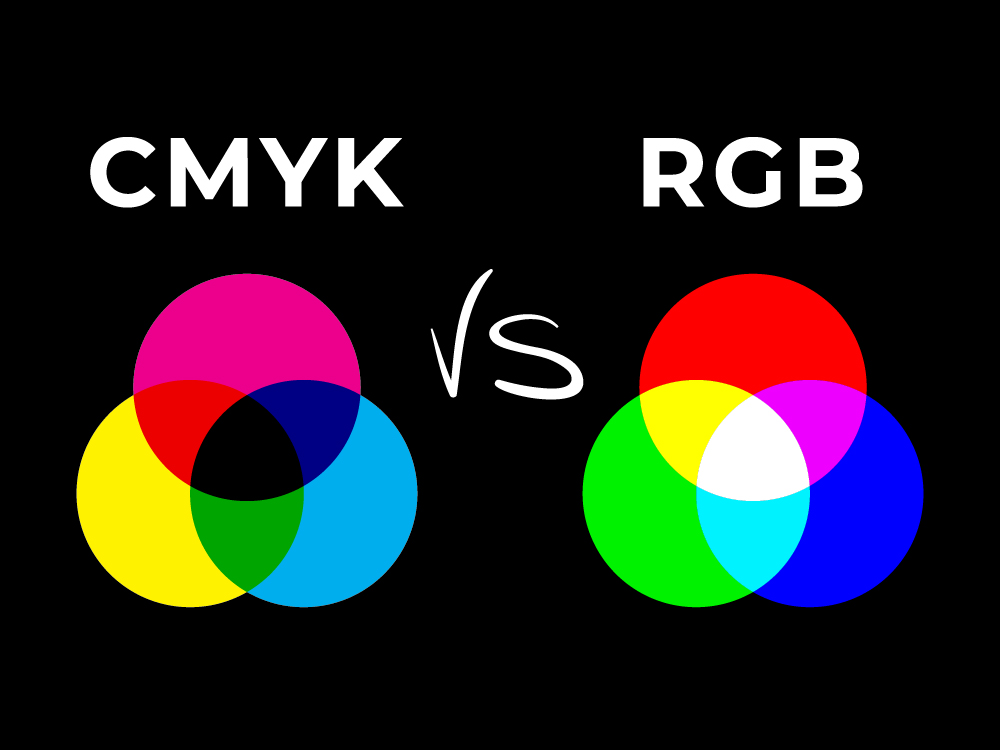Spend any amount of time reading about the wide world of printing and you’re sure to, sooner or later, encounter the term “die-cutting.” But what is die-cutting? And just where does it fit into the printing process?
Die-cutting has nothing to do with rolling dice, and is actually a process by which sheets of paper can be efficiently cut into easily replicable shapes. Any time you see a piece of printing, from boxes and packaging to labels, in a non-rectangular shape, more than likely a little die-cutting was involved. A die, in this case, refers to a thin, sharp piece of metal molded into a particular shape. These dies are then uniformly applied to sheets of paper, separating out the desired shape from the rest of the paper, much like a cookie cutter.
Die-cutting is an extremely versatile process, able to shape the edges of a piece as well as cutting out holes from within the middle of a sheet of paper. Even further, perforated die-cutting can leave a sheet of paper largely intact, while allowing for shapes to be cleanly and easily removed by users later on, ideal for coupons or crafts.




